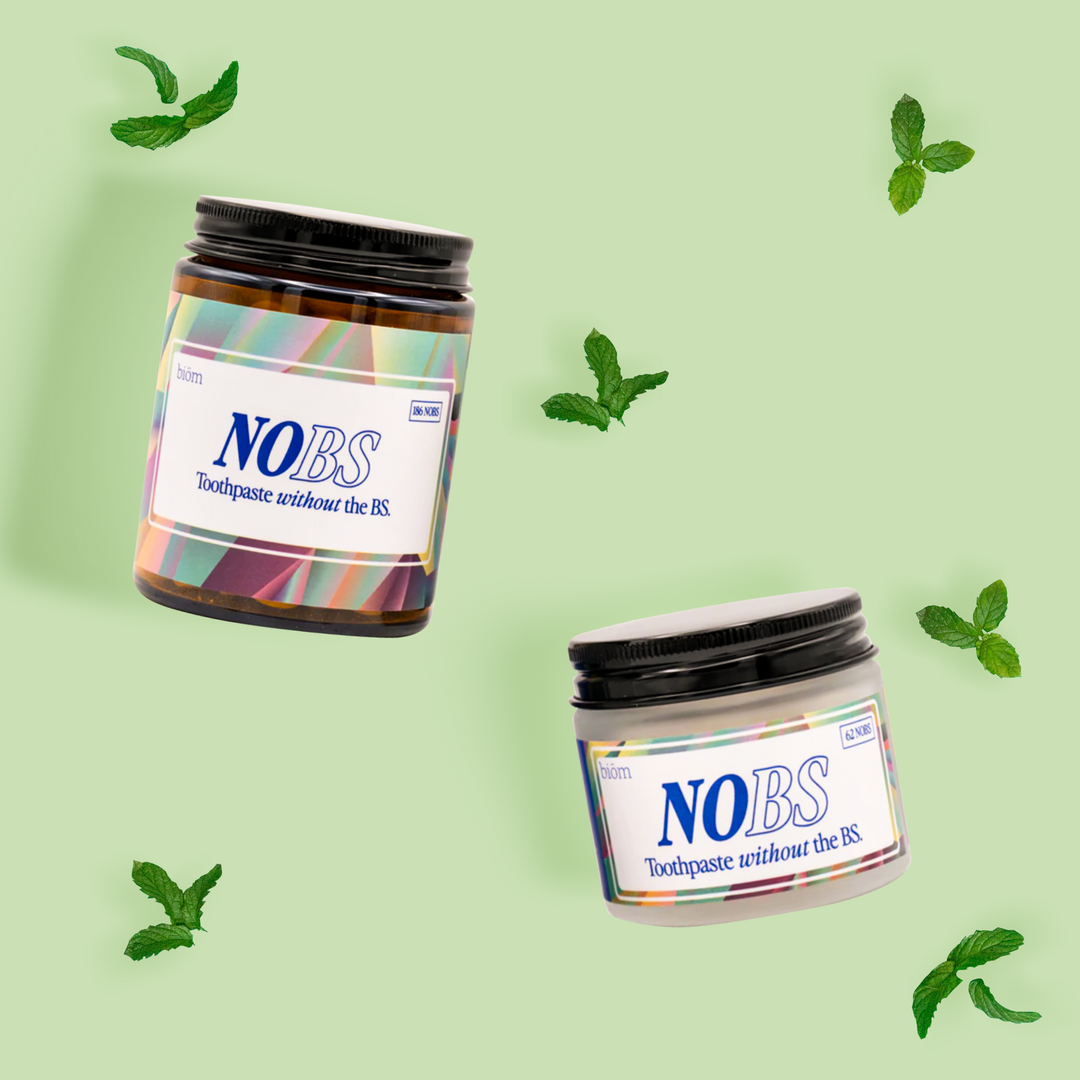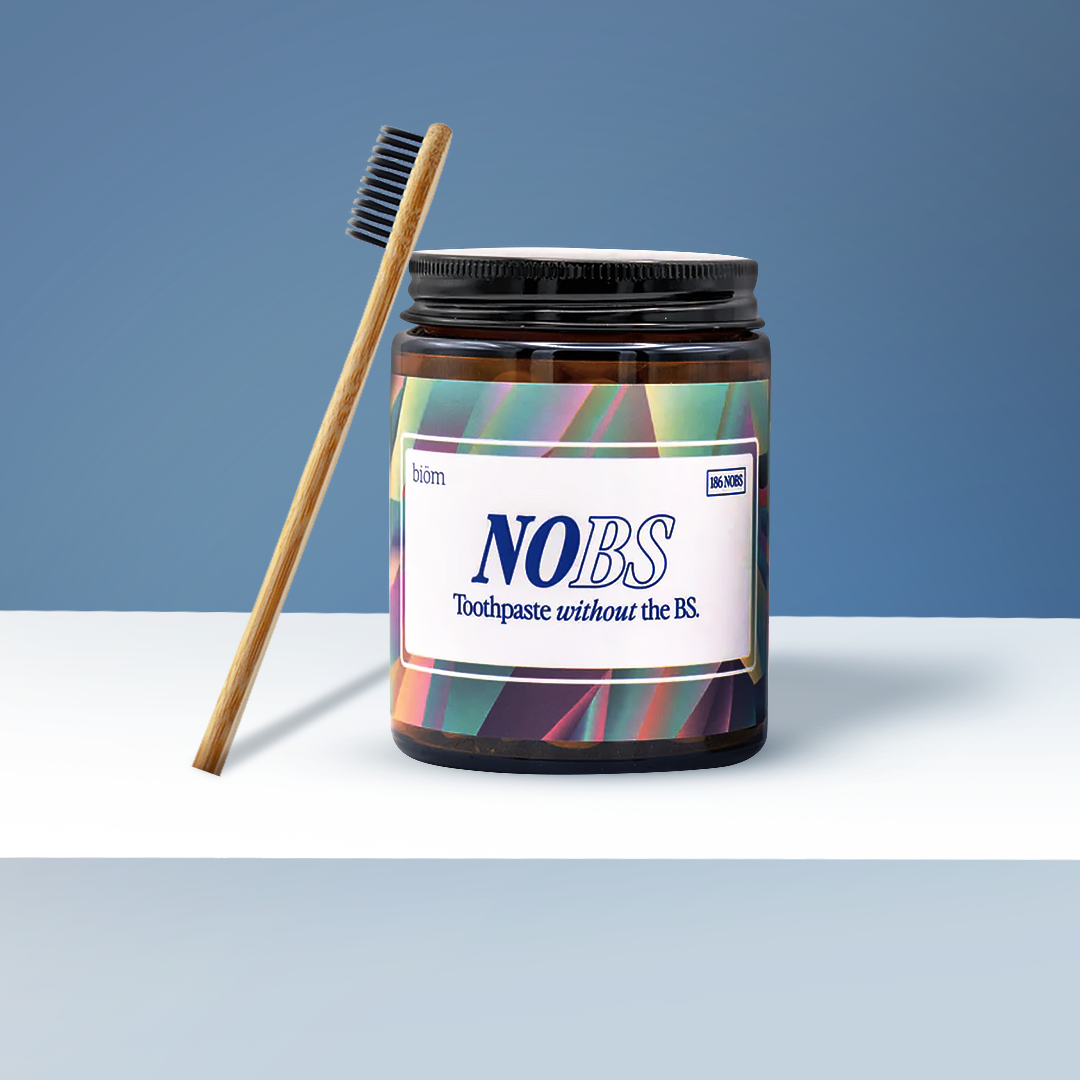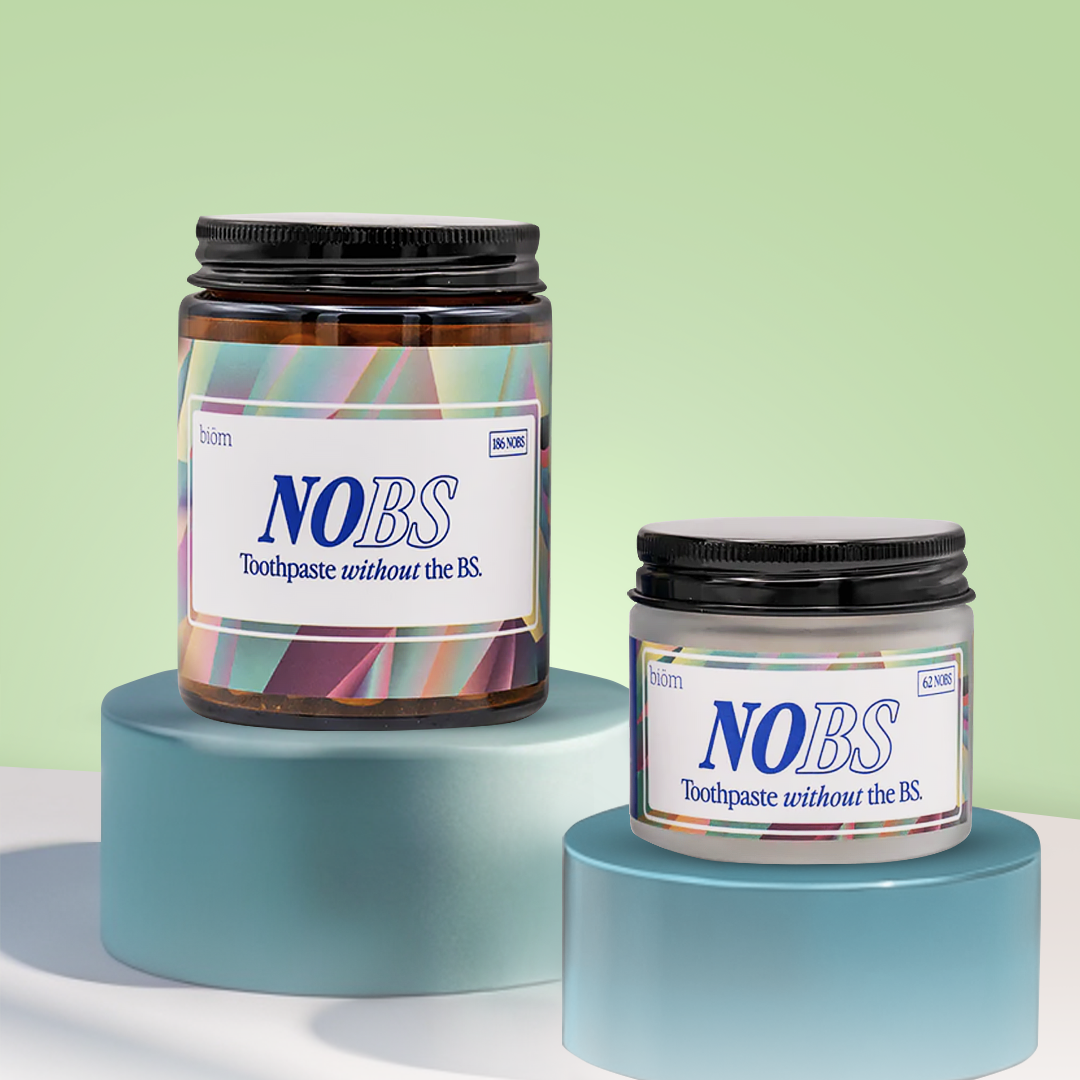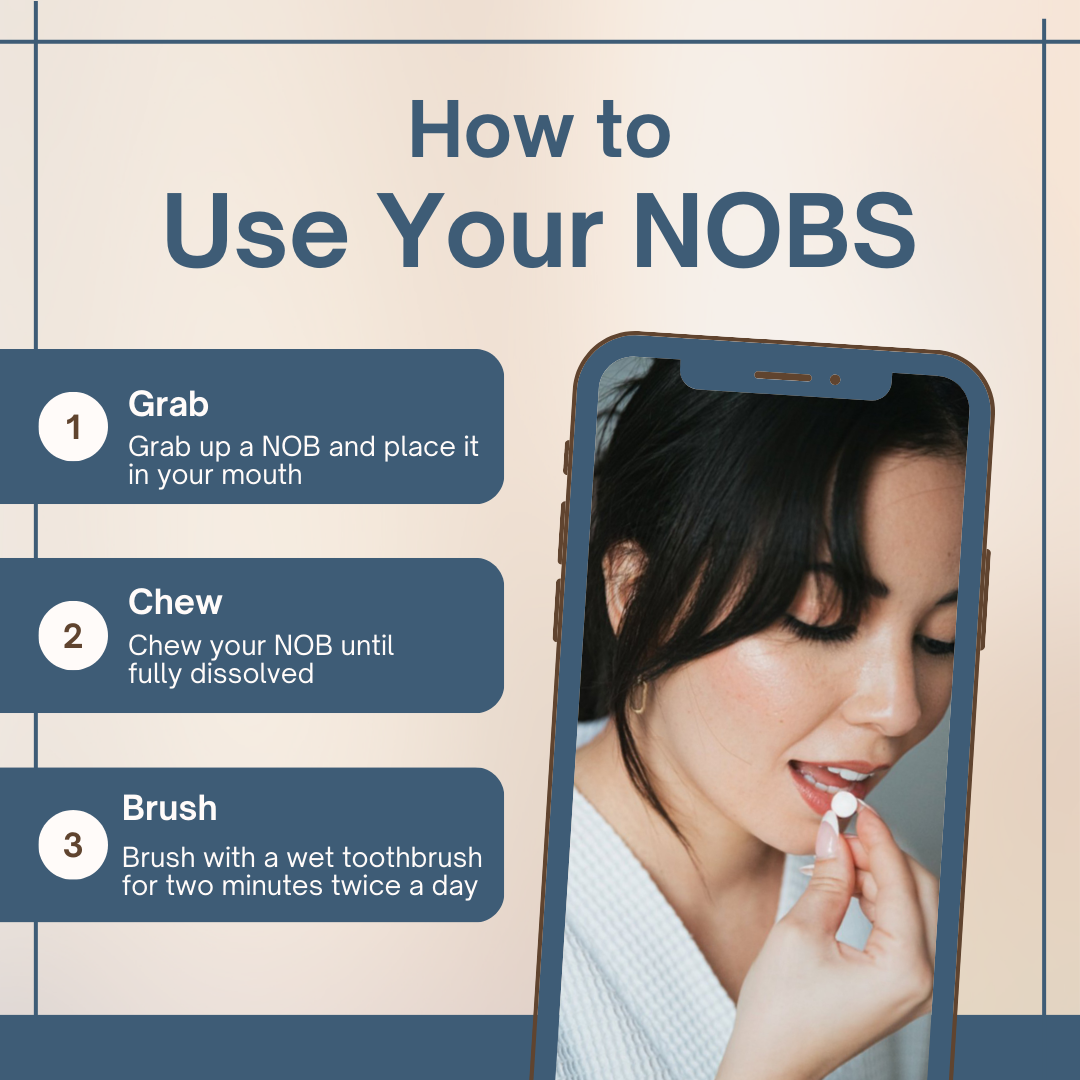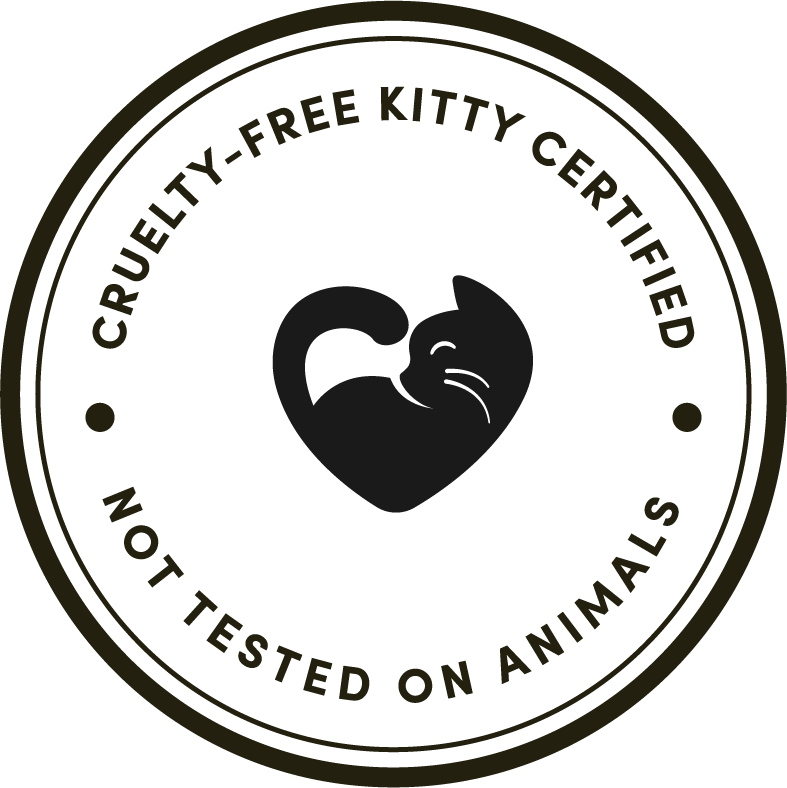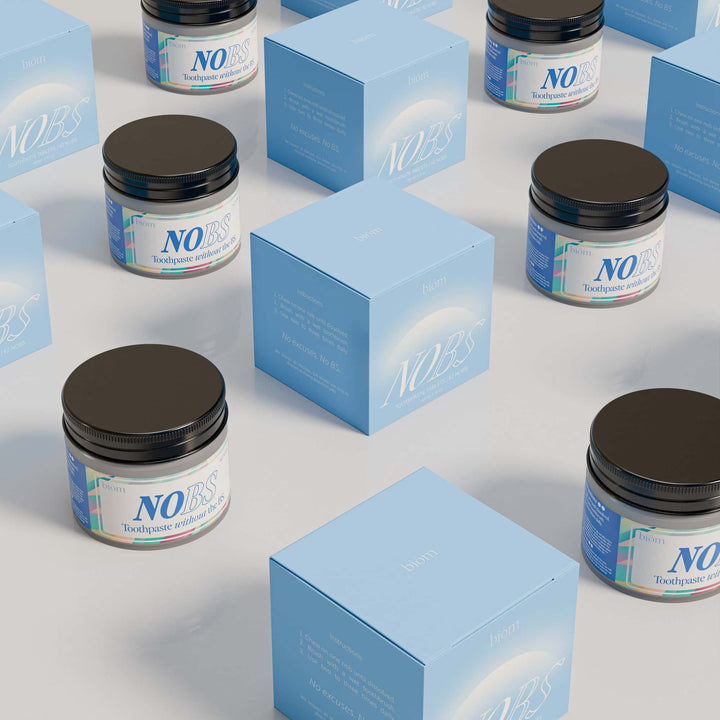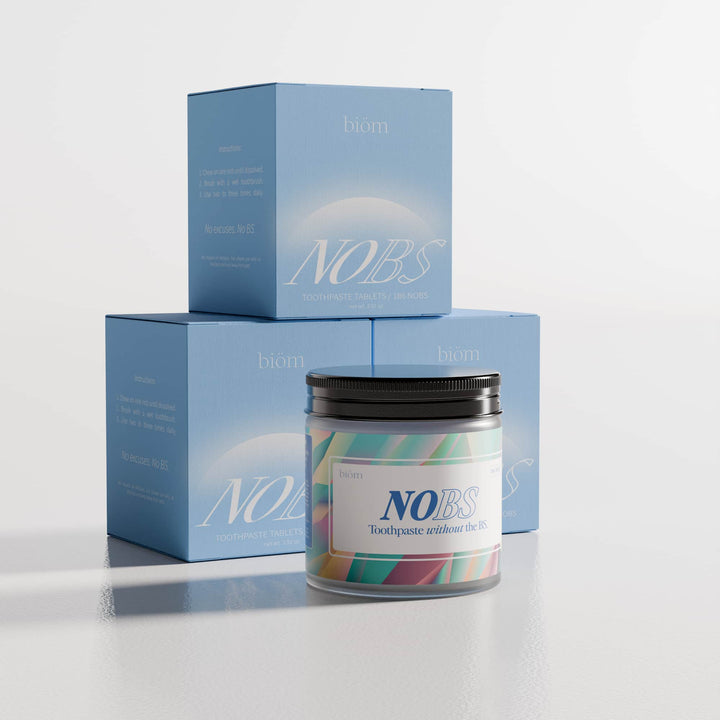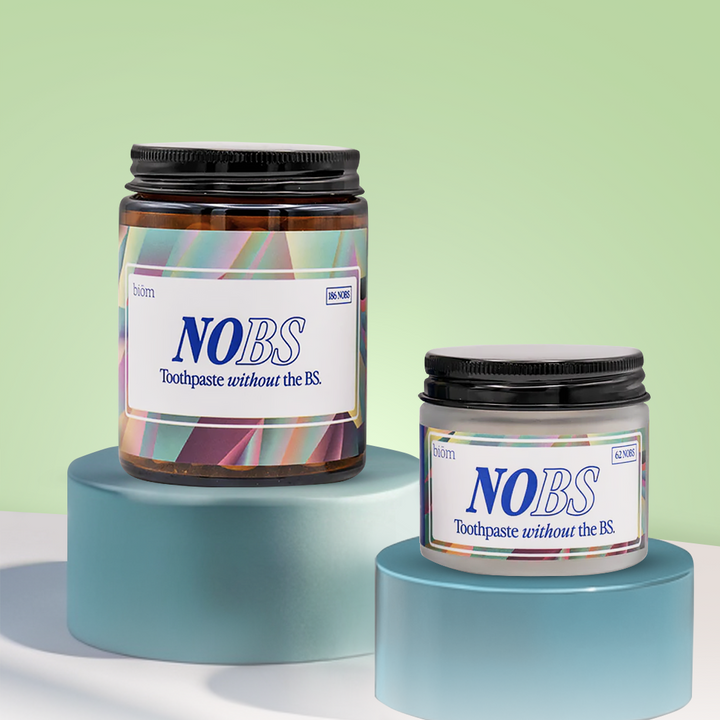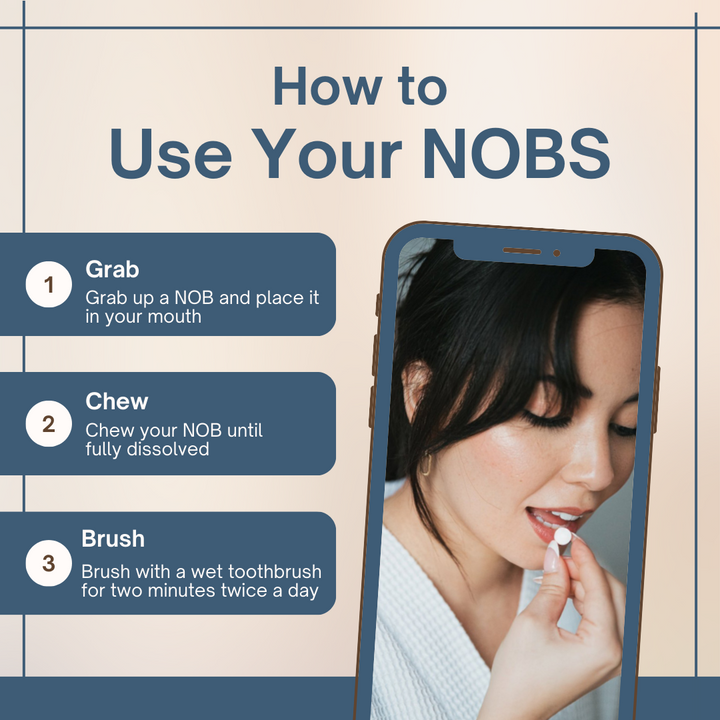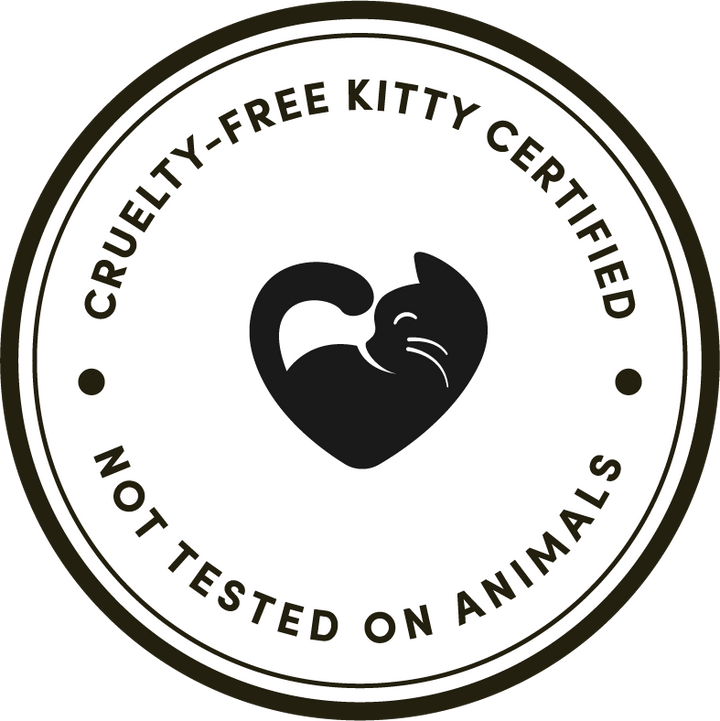Can Kids Use Adult Toothpaste? A Guide for Parents
Yes, kids can use adult toothpaste if necessary, but it's generally safer for kids to use children's toothpaste rather than regular adult toothpaste before they are ready.
There are many important differences between children's and adult toothpaste. Kids' toothpastes are specifically designed with your child's oral health in mind.
For example, your child's teeth are not as resilient as adult teeth and can benefit from gentle, less abrasive kids' toothpaste.
This article will explain everything you need to know about the differences between kids' and adult toothpaste and which one is best for your child's dental development.

Differences Between Kids and Adult Toothpaste
Key differences between adult and kids' toothpaste include:
-
Fluoride concentration
-
Flavors
-
Strength
-
Added ingredients
-
Packaging
Some of these differences, such as packaging, may not influence your purchasing decision.
Others, like fluoride concentration, maybe more important as they have a greater impact on your overall health.
Fluoride Concentration
Dental research suggests that kids' toothpastes have a lower concentration of fluoride as compared to adult toothpaste.
Typically, kids' toothpaste ranges from 500-550 ppm fluoride as compared to 1,000-1,500 ppm in adult fluoride toothpaste.
While still effective against cavities and tooth decay, the lower concentration is more suitable for smaller bodies and developing teeth.
For example, some studies show that too much fluoride exposure in children is associated with dental fluorosis.
Flavors
While you may be familiar with minty flavors in regular toothpaste, children's toothpaste often includes fun flavors.
Common flavors include:
-
Bubble gum
-
Grape
-
Strawberry
These flavors don't impact the efficacy of the toothpaste and mostly come down to personal preference.

Strength
Kids' toothpastes are typically formulated to be more gentle on the delicate tissues found in your mouth.
If you're prone to sensitivity, you may benefit from the gentle brushing experience from a kid's toothpaste formulated without sulfates or other harsh ingredients.
Added Ingredients
Some adult toothpastes are formulated with ingredients not included in kid toothpaste, such as:
-
Whitening agents
-
Anti-gingivitis ingredients
-
Peroxide
Some adults may use these ingredients to improve their oral hygiene, but they may not be suitable for children as they are more likely to swallow toothpaste.
Abrasiveness of Adult Toothpaste
When it comes to toothpaste, not all formulas are created equal, especially in terms of abrasiveness.
Adult toothpastes often contain higher levels of abrasive agents designed to remove stains and polish teeth. While this is beneficial for adults, it can be too harsh for the tender, developing enamel of your children's teeth.
Children's teeth are more susceptible to abrasion than adult teeth. Therefore, the abrasive substances in adult toothpaste, while effective for removing surface stains on adult teeth, can wear down the enamel on children's teeth. This can lead to sensitivity and increased risk of cavities.
By opting for children-specific toothpaste, you ensure that their teeth are cleaned effectively without the risk of damage from overly abrasive substances.
For example, kids should not use whitening toothpaste as it typically contains harsh ingredients like silica or peroxide which may wear away their enamel.
Why else should kids stick to kids' toothpaste?

Children's toothpastes are specifically formulated with their pediatric dental care needs in mind.
Therefore, there are a few main reasons why kids should stick to their own toothpaste, including:
-
Higher fluoride concentrations in adult toothpaste
-
Harshness of adult toothpaste
-
The appeal of children's toothpaste
Further, some adult toothpaste tablets are not suitable for children until they can safely chew and swallow.
Fluoride Toothpaste
Research shows that the fluoride content in adult toothpaste is 2-3 times greater than that of kids' toothpaste.
While helpful for fighting tooth decay, too much fluoride exposure can put children at risk for developing dental fluorosis.
Alternatively, your family can consider ditching fluoride altogether.
For example, using proper brushing techniques with a nano hydroxyapatite toothpaste is safe for both adults and children.
Harsh Chemicals in Adult Toothpaste
Some adult non fluoride toothpastes are formulated with harsh ingredients not included in kid toothpaste, such as:
-
Whitening agents
-
Anti-gingivitis ingredients
-
Peroxide
-
Sulfates
These ingredients may not be suitable for the delicate tissues in your child's mouth.
Kid-Friendliness & Habit Building
Let's face it - adult toothpaste is boring!
To instill good brushing habits in your kids, make it an enjoyable experience for them with the right toothpaste.
Think fun, fruity flavors, cartoons, and exciting packaging!

Dental Fluorosis and Its Implications
As parents, it's crucial to be aware of dental fluorosis and its implications for your child's oral health.
Fluorosis occurs when children are exposed to high levels of fluoride during the development of their teeth, typically under the age of 8. This condition can manifest as white spots or streaks on their developing teeth. In more severe cases, it can cause pitting or mottling of the enamel.
While fluorosis is usually mild and often only a cosmetic concern, it's a clear indicator that your child is receiving more fluoride than their developing teeth need.
To prevent fluorosis, it's important to monitor and manage your child's fluoride intake. This includes being mindful of the fluoride concentration in toothpaste, as well as their exposure to fluoridated water and other sources.
For example, you can consider switching to a fluoride free kids toothpaste with nano hydroxyapatite instead.
By understanding and managing fluoride use, you can help ensure that your child's teeth develop healthily without the risk of fluorosis, keeping their smile bright and strong.
The Safety of Swallowing Toothpaste
A common concern among parents is whether it's safe for their children to swallow toothpaste, but I have good news! Children's toothpaste is usually formulated with this in mind.
In fact, children's toothpaste typically either contains lower levels of fluoride compared to adult versions or ditches fluoride in favor of nano hydroxyapatite altogether. This reduced fluoride content means that if a child swallows some toothpaste, it's generally not harmful.
However, it's still important to encourage and teach children to spit out toothpaste after brushing to minimize ingestion.
For very young children or those who haven't yet learned to spit effectively, using a non-fluoridated toothpaste or a very small amount of fluoridated toothpaste can offer an additional safety margin.
As they grow and develop better control, you can gradually increase the amount of hydroxyapatite toothpaste they use daily.

When can kids start using adult toothpastes?
Typically, children are ready to start using adult toothpaste as their permanent teeth come in between the ages of 6-8.
If your children are younger and you're wondering when to start brushing baby teeth, a good rule of thumb is to start once their teeth begin emerging. This typically occurs around the one-year mark.
Be sure to check in with your dentist to determine when it's appropriate for your child to use adult toothpaste based on their dental maturity and brushing habits.
Guidance on Toothpaste Amounts by Age
Navigating how much toothpaste to use for your child at different ages can be a bit confusing. Here's a simple guideline to help you out:
-
Under Age 2: For infants and toddlers up to two years old, use a tiny smear of toothpaste, about the size of a grain of rice. This minimal amount reduces the risk of fluoride ingestion while still providing the necessary dental benefits.
-
Ages 2-6: As your child grows and learns to spit out toothpaste, you can increase the amount to a pea-sized dollop. This is enough to be effective in cleaning their teeth without posing a significant risk if they accidentally swallow some.
-
Ages 6 and Above: By the time children are around six years old, they usually have developed the ability to spit out toothpaste effectively. At this stage, a ribbon of toothpaste that covers the length of the toothbrush bristles is an appropriate amount.
Remember, supervision is key, especially for younger children. Ensuring that your child uses the right amount of toothpaste and doesn't swallow it is crucial for their dental health.
Further, regular dental check-ups can also provide personalized advice and adjustments to these guidelines based on your child's specific needs.
Transition Guidelines for Adult Toothpaste
Transitioning your child from children's toothpaste to adult toothpaste is an important step in their oral health journey. Here's how to know when and how to make this transition:
-
Assessing Readiness: The transition usually occurs between ages 6 to 8. Key indicators that your child is ready include their ability to spit out toothpaste reliably, understanding not to swallow it, and their comfort with the stronger flavors of adult toothpaste.
-
Gradual Introduction: Start by mixing a small amount of adult toothpaste with their regular children's toothpaste. This can help them get used to the taste and texture gradually.
-
Monitor Fluoride Intake: When switching to adult toothpaste, be mindful of the increased fluoride content. Ensure that your child uses only a pea-sized amount and continues to spit it out after brushing or simply use kids hydroxyapatite toothpaste instead.
-
Ongoing Supervision: Continue to supervise your child’s brushing habits even after the switch to ensure they are using the correct amount of toothpaste and brushing effectively.
-
Consult Your Dentist: It's always a good idea to discuss the transition with your child's dentist. They can provide personalized advice based on your child's dental health and development.
Remember, every child is different, and some may take longer to be ready for adult toothpaste. The transition should be a comfortable and gradual process, ensuring that your child maintains good oral hygiene practices and develops an appreciation for hygiene.

Summary: can kids use regular toothpaste?
 No, children, including babies, should not use adult toothpaste unless directed to by a pediatric dentist."
No, children, including babies, should not use adult toothpaste unless directed to by a pediatric dentist."
Unlike how adults can use kids toothpaste, it is best for kids to use a children's toothpaste specifically formulated for them.
Further, excess tooth exposure to fluoride puts children at risk for developing dental fluorosis.
Therefore, you may consider switching to a fluoride-free toothpaste with nano hydroxyapatite for the whole family.
In fact, nano hydroxyapatite is one of the safest remineralizing agents around and is perfect for children and pregnant women!
So, do your family a favor today - make sure to find the perfect toothpaste to start your children on the path to good hygiene!
Frequently Asked Questions
When can a child use adult toothpaste?
Children can start using adult toothpaste when they can safely chew and swallow small objects on their own. Typically, this is around the time their permanent teeth come in, usually between ages 6-8. Be sure to consult with your dentist before starting your child on adult toothpaste.
Is regular toothpaste safe for kids?
Yes, regular toothpaste is safe for kids. It often contains fluoride, which is beneficial for preventing cavities and promoting oral health. However, excessive use can lead to potential risks, such as dental or skeletal fluorosis. For a safer alternative, consider using a kids hydroxyapatite toothpaste which offers effective dental protection without the risk of fluoride toxicity.
How does toothpaste work for kids?
Toothpaste works by removing plaque and odor-causing bacteria, freshening breath, and remineralizing teeth with either fluoride or nano hydroxyapatite. For example, nano hydroxyapatite in toothpaste strengthens enamel, making teeth more resistant to decay. Brushing with toothpaste is a crucial part of maintaining good oral hygiene for kids.
Is too much toothpaste bad for kids?
Yes, too much toothpaste can be bad for kids, especially if it contains fluoride and they swallow it. If you don’t want to worry about your kids swallowing unsafe toothpaste, consider switching to kids hydroxyapatite toothpaste instead.
How often should kids use toothpaste?
Kids should use toothpaste twice a day, once in the morning and once before bedtime, for two minutes each. This process combined with regular dental check-ups, proper brushing technique, and a balanced diet, helps prevent bad breath and tooth decay.
Can babies use hydroxyapatite toothpaste?
Yes, you can use hydroxyapatite toothpaste on your baby's teeth. If you have younger children and are wondering when to start brushing baby teeth with toothpaste, a good rule of thumb is around the one-year mark when their teeth begin emerging. Of course, cleaning newborn tongue is a different concern that brushing children's teeth, and it does not require toothpaste.





